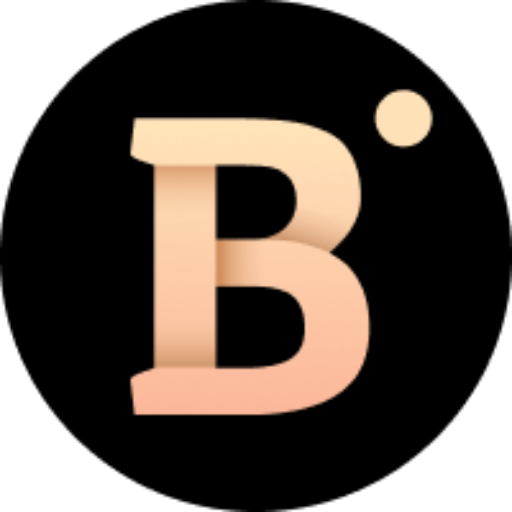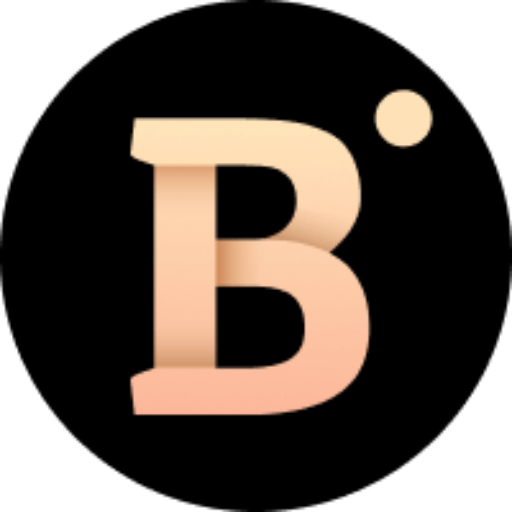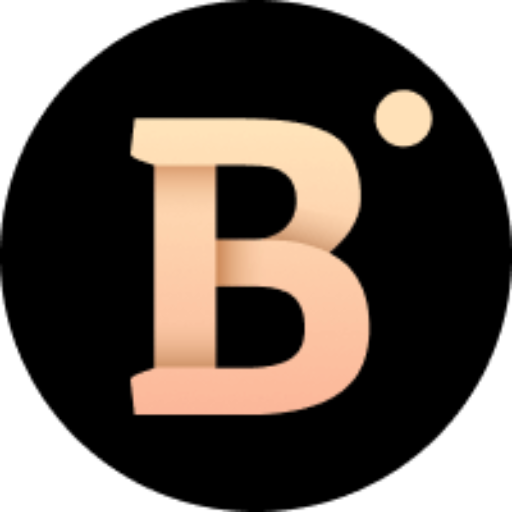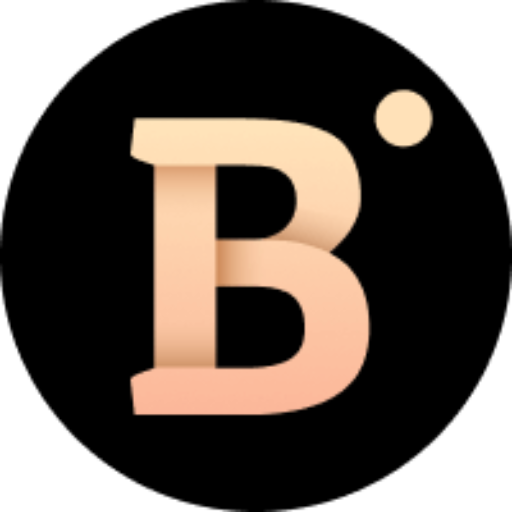TimeFrame-word etymology and image creation.
AI-powered word history and visuals.
What's the etymology of 'democracy'?
Trace the history of 'sunset'.
Can you analyze the word 'robot'?
Show me the evolution of 'internet'.
Related Tools
Load MoreTime Series Expert
Teach me time series theory and instruct me time series project.

Future Forecast
Advanced predictive analysis tool

Trading View
Guides in crypto trading on Trading View

Time Series Master
Advanced, technical assistant for Python time series analysis.

Daily Market Analyse 📊
Un assistant qui va te permettre d'avoir en revue ce que tu peux attendre de plus important sur les marchés du Forex en termes d'annonces économiques et de ce qui est attendu par les autres intervenants !

Day Trading King
"Day Trading King: Mastering the art of scalping, trend following, swing trading, and risk management to conquer the markets."
20.0 / 5 (200 votes)
Overview of TimeFrame
TimeFrame is a specialized tool designed to explore the etymological history of words and phrases, tracing their evolution across different historical periods. Its main purpose is to uncover how language changes over time and how the meaning, context, and usage of specific words have evolved. By focusing on significant shifts across distinct eras, TimeFrame delivers a deeper understanding of linguistic development. This tool also integrates visual storytelling, using DALL-E 3 to generate images that embody the historical and cultural journey of the term being examined, providing a more immersive experience. For example, when analyzing the word 'romance,' TimeFrame would trace its origin from medieval Latin, its association with literary works in the Middle Ages, and its evolution into modern notions of love and relationships, while offering a visual representation of each stage.

Key Functions of TimeFrame
Etymological Analysis
Example
Analyzing the word 'liberty,' TimeFrame explores its roots in Latin 'libertas,' its evolution through the Renaissance, and its varied applications in political contexts during the Enlightenment and beyond.
Scenario
A historian studying the political philosophy of 18th-century revolutions might use TimeFrame to better understand the shifting connotations of 'liberty' over centuries.
Visual Representation of Etymology
Example
For a word like 'alchemy,' TimeFrame might generate an image showing ancient practices in Egypt, medieval European alchemists, and their influence on modern chemistry.
Scenario
An educator teaching the history of science could use this visual progression to help students understand how early mystical practices shaped modern scientific thought.
Era-Specific Linguistic Shifts
Example
Examining 'capitalism,' TimeFrame would detail how the term transitioned from its first uses in the 17th century to describe personal wealth, to Karl Marx’s 19th-century critiques of the system, and to its contemporary interpretations.
Scenario
A sociologist writing a paper on economic ideologies might find TimeFrame helpful to track the ideological evolution of terms related to global capitalism.
Target User Groups for TimeFrame
Linguists and Language Enthusiasts
Linguists and individuals with a passion for language would benefit greatly from TimeFrame, as they can explore the deep-rooted history and transformation of specific words. It offers them a thorough understanding of how social, political, and cultural contexts influence language evolution.
Educators and Historians
Teachers, professors, and historians can use TimeFrame to bring historical context to life by showing how words have shifted in meaning over time. It helps students and readers visualize complex concepts with the added benefit of visual aids, enriching their learning experience.

Guidelines for Using TimeFrame
1
Visit aichatonline.org for a free trial without login, also no need for ChatGPT Plus.
2
Once on the platform, enter the word or phrase you want to explore. TimeFrame will analyze its historical context and provide etymological insights.
3
Review the detailed etymological history, where the meaning of the word is traced through various eras. Key linguistic shifts are highlighted.
4
Use TimeFrame’s integrated DALL-E 3 tool to generate a custom visual that represents the term’s evolution. This image will capture the essence of the word’s journey.
5
Download the results, either the etymological history, the image, or both, to use in research, presentations, or personal projects.
Try other advanced and practical GPTs
CiteSpace101
AI-powered insights into scientific literature

No talk, just code
AI-Powered Coding, Simplified.
Private Pilot License PPL Trainer - Flex Air
AI-powered training for aspiring pilots.

Kawaii Illust Maker : イラストかわいいや
Create Cute Illustrations with AI

Proofreader Pro
Enhance your writing with AI-powered proofreading.

GPT BuildMyPlace
Transforming Content Creation with AI

Girl Friend
AI-Powered Conversational Practice

BypassGPT: Bypass AI Detection
Humanize AI Text Effortlessly

Humanize AI Text
AI-Powered Text Humanization

AI Humanizer Pro
Humanize Your AI Content Seamlessly

Undetectable AI Writing
AI-Powered Content Humanization

Undetectable AI
Transform AI Text into Human-Like Content

- Content Creation
- Historical Analysis
- Cultural Studies
- Linguistic Research
- Word Exploration
Q&A About TimeFrame
What makes TimeFrame unique in analyzing word history?
TimeFrame provides a detailed exploration of word evolution, tracing the meaning and usage of words through different eras. It also visualizes the journey with AI-generated images, adding a creative layer to understanding etymology.
Can TimeFrame be used for academic research?
Yes, TimeFrame is particularly useful for academic writing, linguistic studies, and historical research. Its ability to track semantic shifts over centuries makes it an excellent tool for deep, scholarly investigation.
What features enhance the user experience with TimeFrame?
TimeFrame offers intuitive word exploration, historical timeline views, and the option to generate custom AI-created images that visually represent the word’s evolution. It’s designed to be user-friendly, requiring minimal technical knowledge.
How can I apply TimeFrame in content creation?
Writers and content creators can use TimeFrame to enrich their narratives by understanding the deep history of words, enhancing their articles, blogs, or presentations with historically grounded language insights and custom images.
What level of detail does TimeFrame provide about word etymology?
TimeFrame breaks down the etymology of a word into different periods, showing changes in meaning, usage, and cultural significance. It highlights key transformations and the languages that influenced the word over time.